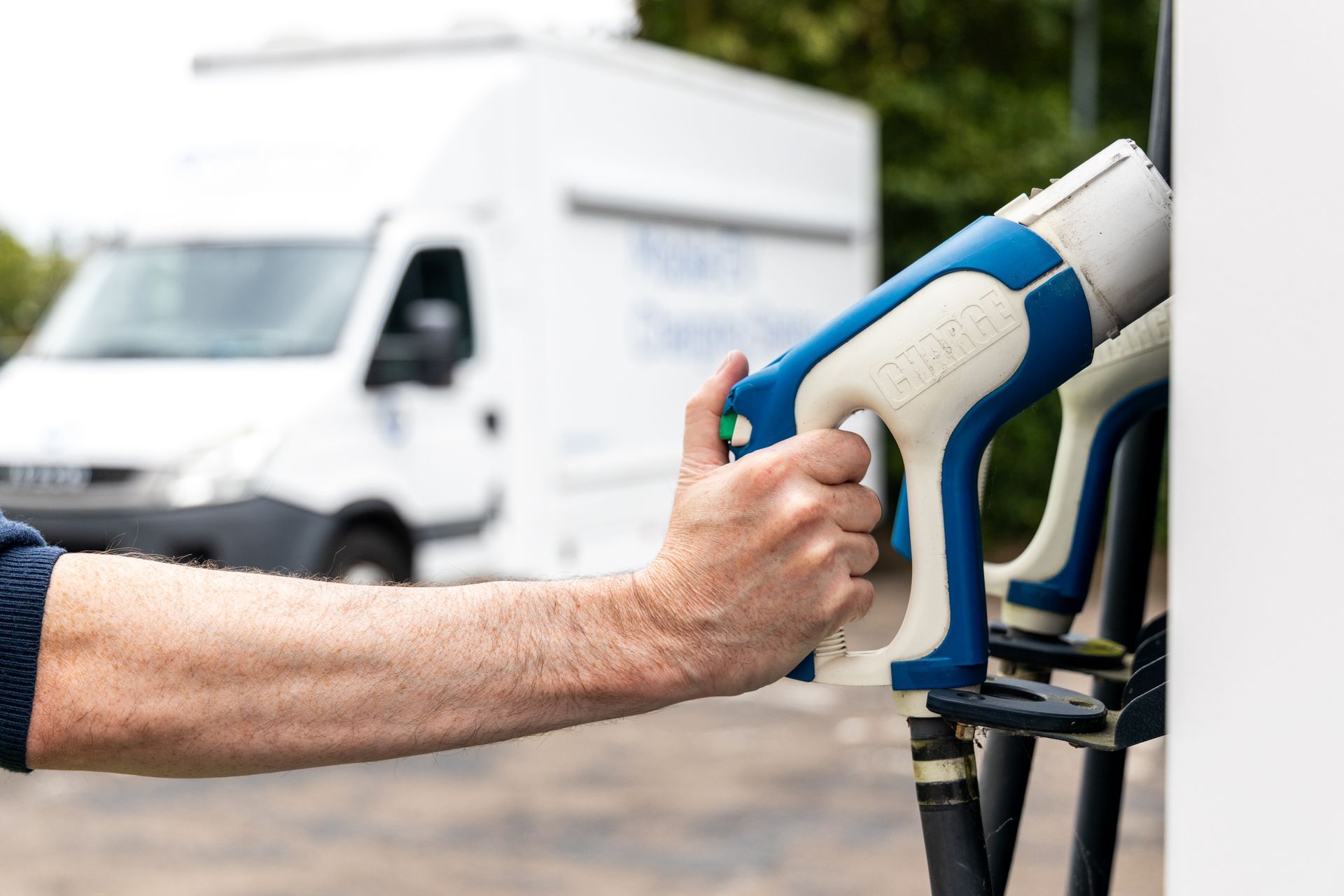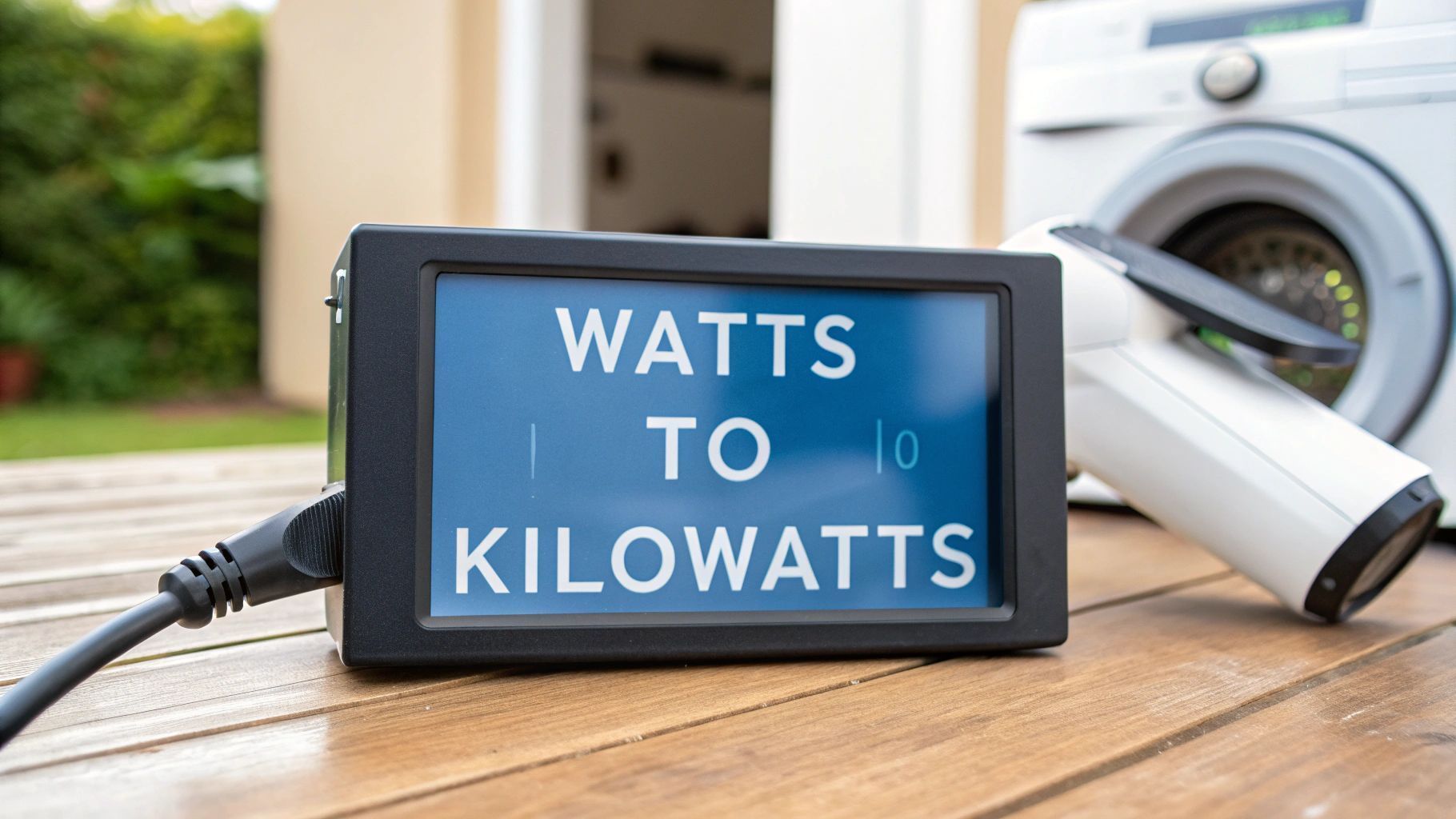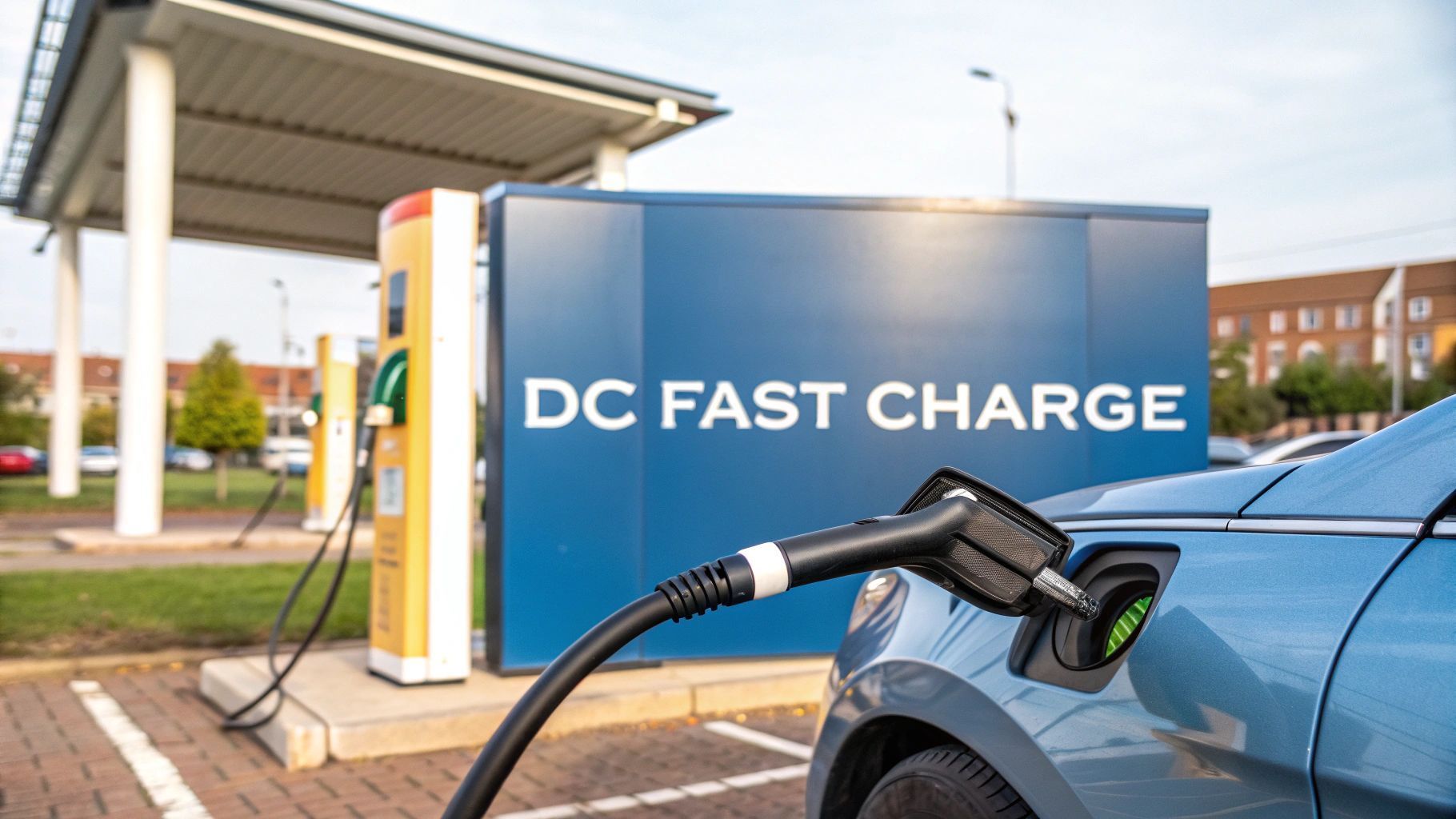The Impact of ZAPME on Reducing EV Charging Wait Times
How smart scheduling and real time data improve the charging experience

Introduction
Electric vehicle adoption continues to accelerate across the United Kingdom and beyond, yet the challenge of charging delays remains a concern for drivers and businesses. As more consumers switch to electric transport, demand at public charging stations often exceeds capacity during busy periods. ZapMe is addressing this issue with a combination of advanced technology and user friendly design to cut waiting times and improve the overall charging experience.
Optimised Scheduling for Better Flow
One of the key ways ZapMe reduces delays is through smart scheduling. The system allows drivers to book charging sessions in advance, creating a structured timetable that minimises congestion at peak hours. By matching available charging slots with actual demand, ZapMe prevents unnecessary queuing and helps station operators maintain a smooth flow of vehicles.
This approach benefits both individual drivers and commercial fleets. For example, delivery companies with multiple electric vans can coordinate charging across different times of day, ensuring that vehicles remain operational without unexpected downtime.
Efficient Use of Energy and Infrastructure
Reducing charging delays is not just about time management; it also requires careful energy distribution. ZapMe’s technology supports smart load balancing, ensuring that available power is shared efficiently across all active chargers. This prevents bottlenecks when several vehicles are charging simultaneously and reduces the risk of localised power strain.
By using existing infrastructure more efficiently, charging operators can serve more vehicles without the immediate need for expensive new installations. This is particularly important for rural or remote locations where grid upgrades are complex and costly.
Benefits for Business Owners and Consumers
The advantages of shorter waiting times extend well beyond convenience.
- Increased customer satisfaction leads to stronger loyalty for service providers.
- Lower operating costs for charging networks through improved asset utilisation.
- Reduced stress for drivers who can plan journeys with greater certainty.
- Higher productivity for businesses relying on electric fleets.
These combined benefits help accelerate the broader transition to electric vehicles by making the charging process more reliable and appealing.
Supporting a Sustainable Future
Shorter queues mean lower energy wastage and less idling of vehicles, which further reduces emissions associated with electricity generation and grid demand spikes. ZapMe’s emphasis on efficiency and resource management therefore aligns with the wider environmental goals of cleaner air and a reduced carbon footprint.
Conclusion
As electric vehicle use continues to grow, the ability to reduce charging wait times will remain critical for both consumers and the businesses that serve them. Through smart scheduling, real time data and efficient energy management, ZapMe is helping to create a seamless and sustainable charging network that meets the needs of today’s drivers and tomorrow’s clean transport ambitions.











